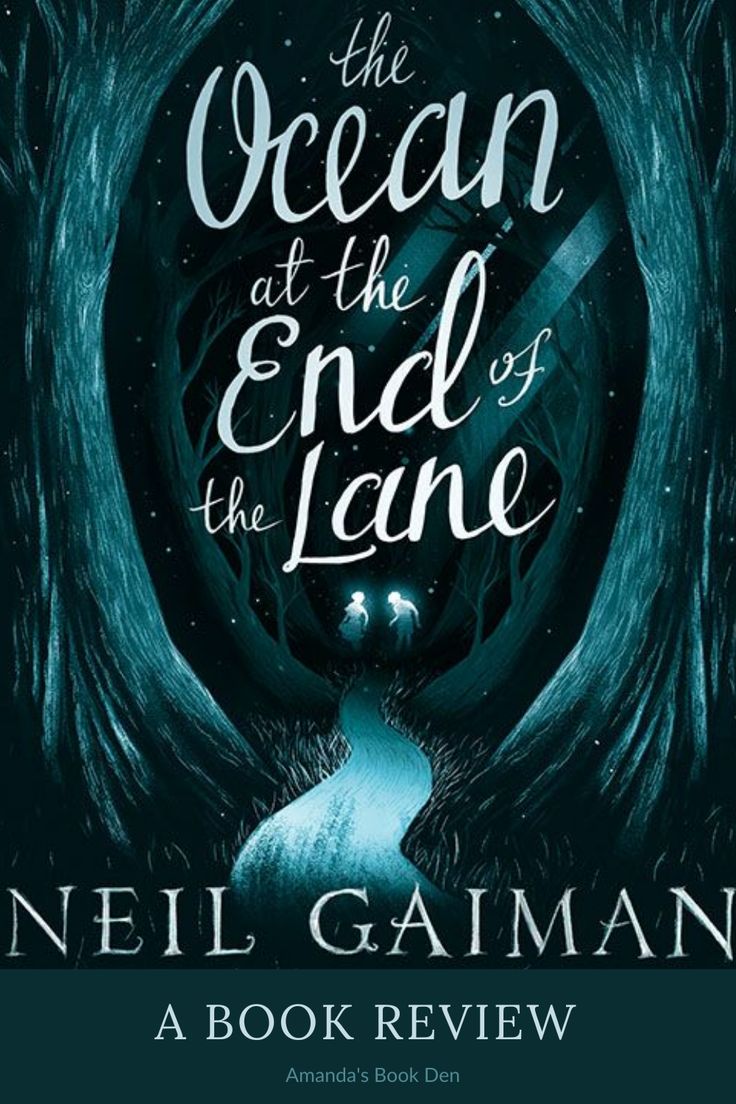The enchanting and ethereal storytelling encapsulated in Neil Gaiman’s “The Ocean at the End of the Lane” beckons readers into a world where the boundaries of reality and imagination blur effortlessly. This standalone novel, rich in themes of memory, childhood, and the passage of time, captures the essence of nostalgia, while roofing a narrative filled with magical realism and existential ponderings.
Before delving into the intricate layers of this poignant tale, it’s imperative to acknowledge the evocative imagery that Gaiman masterfully conjures. The protagonist, a nameless man revisiting his hometown after many years, is quickly ensnared by a flood of childhood memories. These recollections draw readers into a tapestry woven with emotional depth and whimsical elements. This novel effectively serves as a vessel, navigating the delicate waters of memories that ebb and flow with the tides of adulthood.
At its core, the book explores the fragility of memory. The intricate interplay between past and present is woven throughout the narrative, imparting a sense of bittersweet nostalgia. Gaiman portrays memory as an ocean—vast, unpredictable, and sometimes treacherous. As the protagonist journeys back to the Hempstock farm, the reader is not just revisiting a location; they are immersing themselves in the resonance of emotions that are both haunting and beautiful. The author ingeniously uses vivid descriptions to evoke the atmosphere of a child’s perspective, bringing forth a kaleidoscope of tactile sensations that transport readers into the very heart of his youth.
Another compelling aspect of “The Ocean at the End of the Lane” is its exploration of the blurred lines between childhood innocence and the darkness that accompany it. Gaiman deftly illustrates how children are often more resilient and perceptive than adults give them credit for. Through the character of Lettie Hempstock, a young girl with a profound understanding of the supernatural, the narrative delves into the complexities of childhood. Lettie’s bravery and wisdom embody the essence of what it means to confront fears that adults tend to forget or dismiss. This relationship between the protagonist and Lettie creates an enchanting dynamic that transcends traditional storytelling, enabling readers to explore profound truths about courage and friendship at a young age.
Moreover, “The Ocean at the End of the Lane” is imbued with Gaiman’s trademark elements of fantasy and folklore. The inclusion of fantastical creatures and otherworldly events provides a captivating counterbalance to the somber themes of loss and memory. As the protagonist encounters various supernatural forces, the book invites readers to question the nature of reality and the stories we tell ourselves. This interplay between the fantastical and the ordinary provides rich ground for analysis, raising existential themes that linger long after the final page is turned. One cannot help but ponder: how much of our childhood is steeped in imagination, and how does that shape the lens through which we view our present?
Additionally, the lyrical prose in Gaiman’s narrative captivates with its emotive power. Each description resonates with a poetic quality, as if the language itself ebbs and flows like the ocean that symbolizes the protagonist’s memories. Gaiman’s choice of words creates vivid imagery, allowing readers to visualize the world through the protagonist’s eyes. The lush descriptions of the Hempstock farm, with its seemingly endless boundaries and tranquil ponds, paint a portrait that feels both enchanting and melancholic. The writing style is introspective, encouraging readers to ponder their own relationships with memory and the inherent nature of time.
As discussions of growth, fear, and the loss of innocence unfold, Gaiman invites readers to consider the cost of adulthood. The juxtaposition of childhood wonder against the stark realities of life becomes a poignant commentary on how experiences shape us. Gaiman’s characters encapsulate the notion that growing up often necessitates the relinquishment of certain magical beliefs. However, he also argues for the importance of cherishing those memories, as they hold the key to understanding our true selves. This delicate balance between the magical and the mundane is a cornerstone of the narrative, further enriching the reading experience.
Moreover, the thematic depth of “The Ocean at the End of the Lane” offers fertile ground for literary analysis. Readers can engage in discussions about the psychological implications of childhood traumas, the nature of friendship, and the complexities of grief. Gaiman’s ability to weave such profound themes into a seemingly simple storyline attests to his unique storytelling prowess. Each character, each event, becomes laden with meaning, inviting readers to dissect the intricacies of human emotion and interpersonal connections.
The novel also unfurls a sense of universality that resonates with anyone who has navigated the trials of growing up. Gaiman’s ability to tap into profound human experiences grants “The Ocean at the End of the Lane” its enduring appeal. At its heart, the book is an exploration of the dynamics between memory, imagination, and the stories we construct around our lives. The haunting quality of the narrative encourages reflection, allowing readers to forge connections between their own experiences and the protagonist’s journey.
In conclusion, “The Ocean at the End of the Lane” is much more than a fantastical tale; it is a deeply introspective journey into the human psyche. Readers are treated to a rich tapestry of emotions, themes, and vivid imagery that breathe life into Gaiman’s narrative world. The book is an invitation to pause and reflect upon the effervescent nature of memory and the magic entwined within the fabric of our existence. It educates, provokes, and enchants—coaxing readers to dive into the depths of their own oceans at the end of the lane. So let yourself be swept away into Gaiman’s mesmerizing universe, where every wave tells a story waiting to be discovered.
